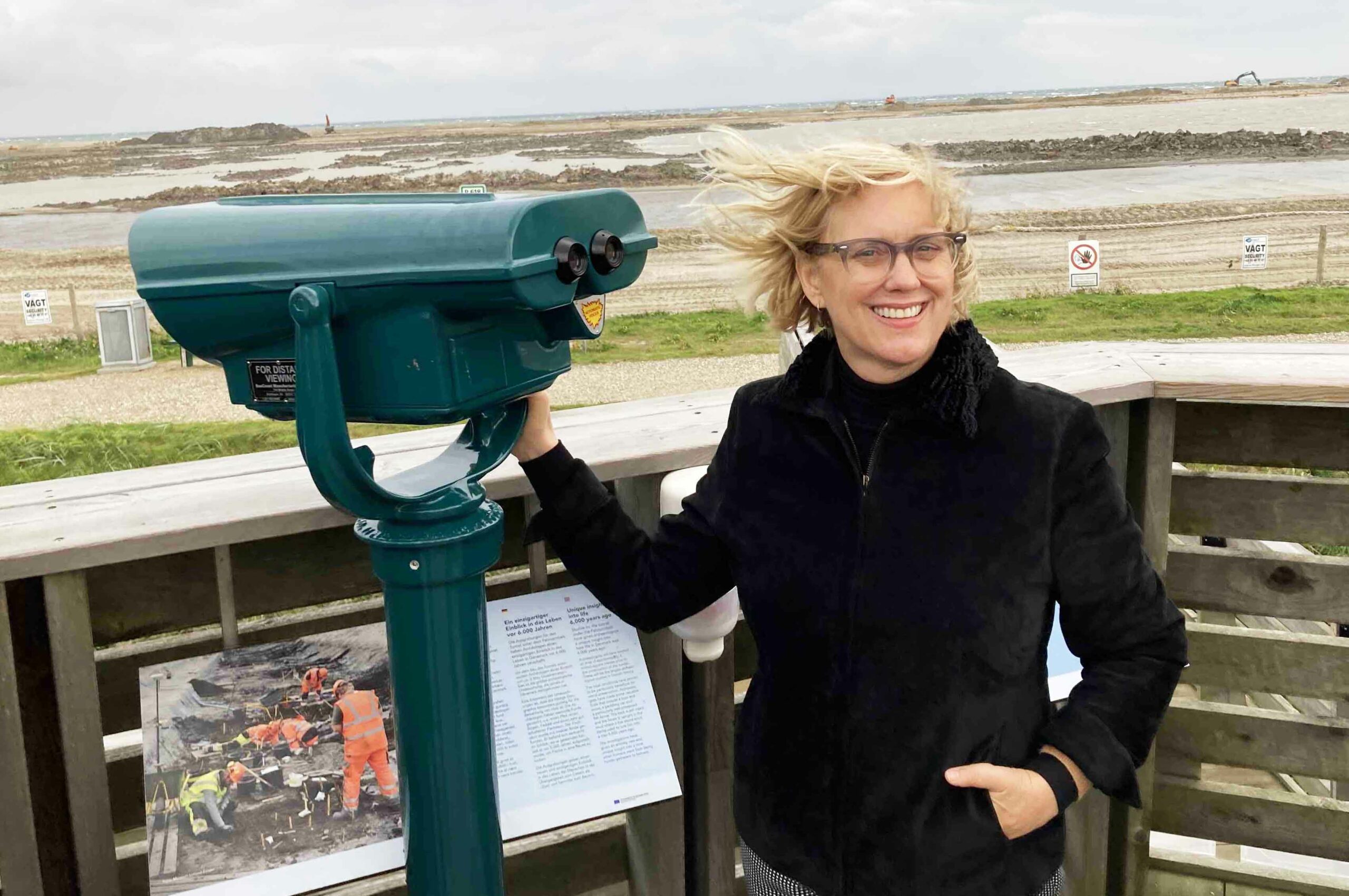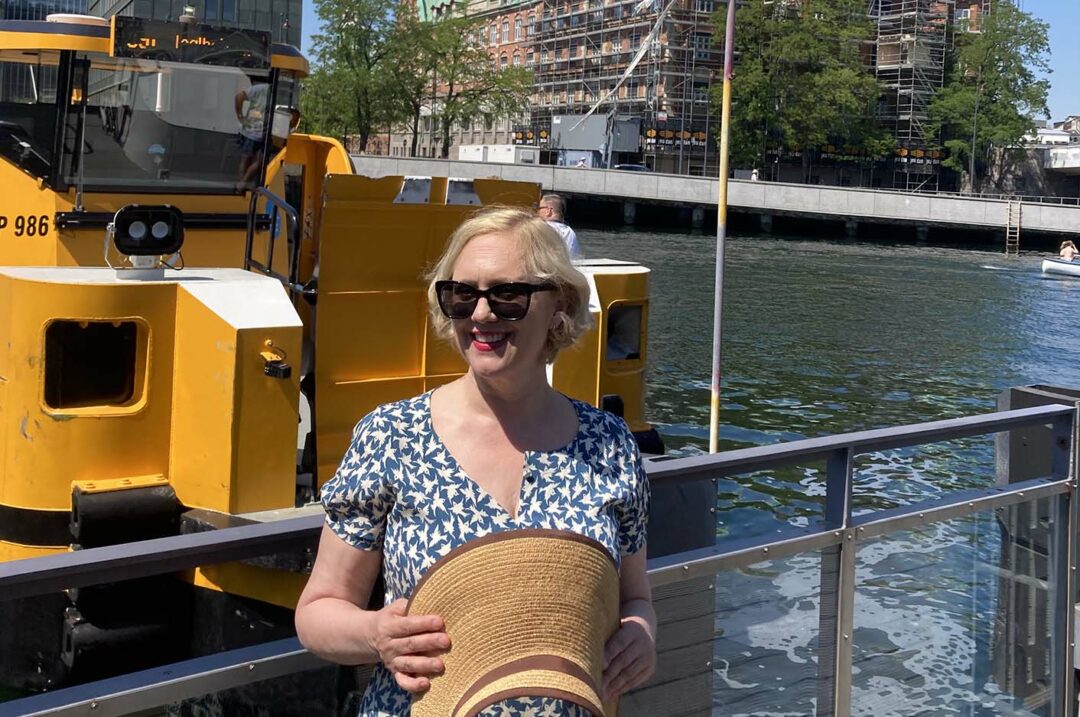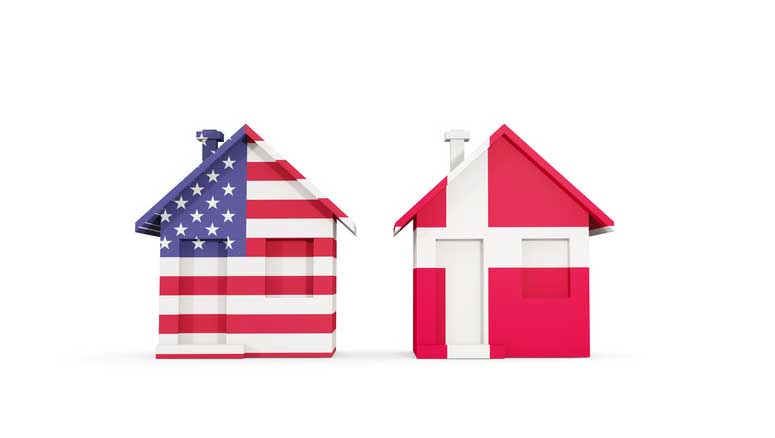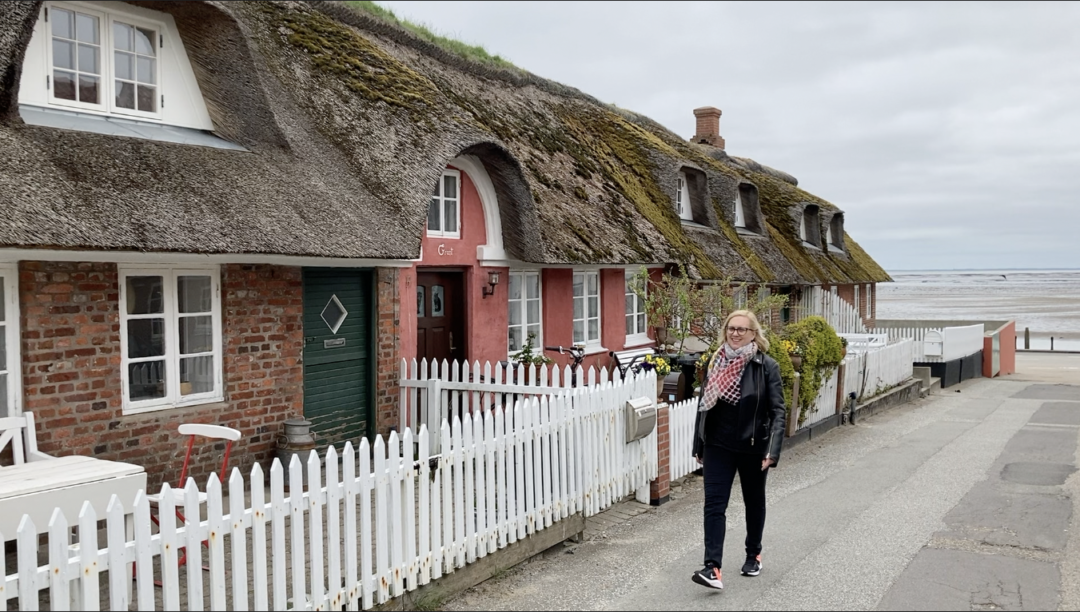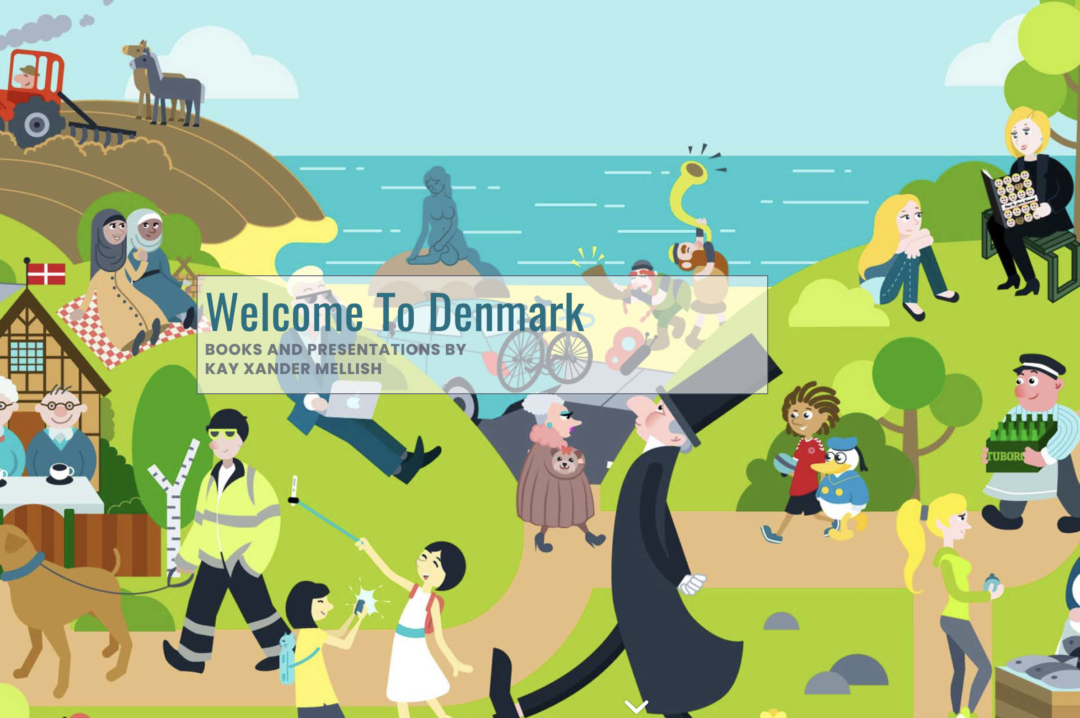Amerikansk foredragsholder Kay Xander Mellish leverer informerende og underholdende præsentationer om kulturelle forskelle og dansk arbejdskultur – samt hjælper danskere og udlændinge til at le, lære, omgå og forstå hinanden bedre.
Firmaeventsene How To Live in Denmark om dansk kultur er designet til at hjælpe internationale medarbejdere, deres og studerende med at føles sig bedre tilpas i Danmark og til at forstå den danske mentalitet bedre. Danskerne går som regel derfra med en større forståelse af både dem selv og deres udenlandske kolleger. Vores arrangementer er både underholdende og lærerige!
Kontakt os for at planlægge dit næste event.
Kay Xander Mellish har boet i Danmark i over 10 år. Hun har et konsulentfirma, der hjælper danske virksomheder med at kommunikere på engelsk. Hendes oplæg om dansk arbejdskultur, at finde sin plads i det danske samfund som nylig tilflytter, og de ”dangliske” ord, som sniger sig ind, når danskerne taler og skriver på engelsk er yderst populære.
Kay er desuden forfatter til bøgerne “How to Live in Denmark” (2014), “Top 35 Mistakes Danes Make in English” (2016), “How to Work in Denmark” (2022), “Working with Americans: Tips for Danes” (2019) og “Working with Danes: Tips for Americans” (2020.)
Amerikansk foredragsholder
“Jeg rejser rundt i hele landet og holder foredrag om en række forskellige emner,” siger Kay. “Jeg hjælper danskere og amerikanere med at få et bedre samarbejde ved at undgå kulturelle misforståelser. Jeg hjælper også med at introducere nyankomne til den danske kultur. Der findes mange uskrevne regler i den danske kultur. Danskerne kender til dem, men det gør udefrakommende ikke.”
“Derfor henvender jeg mig også til et dansk publikum og hjælper dem med at formulere deres forventninger og med at undersøge ting, de altid har taget for givet. Jeg besøger også skoler og fortæller om amerikansk kultur og om hvordan, det engelske sprog er under forandring. Jeg har skrevet adskillige bøger om dansk kultur og er også stemmen bag podcasten How to Live in Denmark, som har eksisteret siden 2013.”
“Hvis du vil vide mere om dansk kultur, kan du altid booke mig til at lave en præsentation for dit team eller din organisation – endda også virtuelt.”
Læs mere om Kay Xander Mellishs events.

Or follow Kay on LinkedIn.
Read in English: Kay Xander Mellish, American keynote speaker Denmark.

